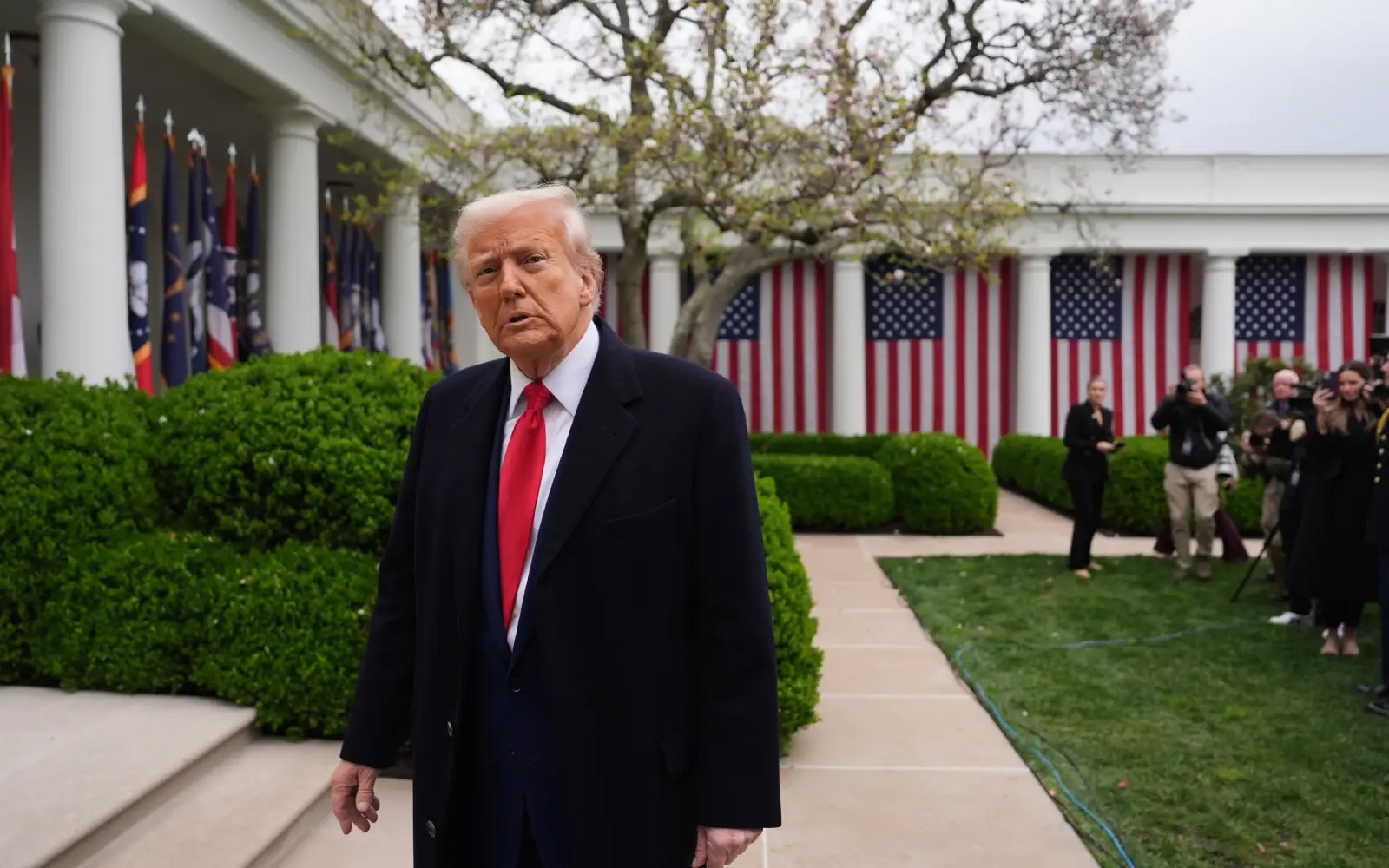
We now stand on the precipice of the United States implementing a universal tariff. Such a bold move could fundamentally redefine the future of global trade. From Day One, President Donald Trump has taken every opportunity to trumpet his administration’s opposition to economic globalization—a failure, he has emphatically announced. Ending this policy is a serious departure from decades of predominant open trade and cooperation between countries.
These elements of the proposed universal tariff of 20%, or its equivalent, may seem innocuous but they would fundamentally alter the world’s trading system. In the trade world, alarm bells are ringing as experts compare these policies to the Smoot-Hawley tariffs passed nearly a century ago that helped deepen the Great Depression. A recent study from Aston University Business School estimates that the global cost of such a tariff could reach $1.4 trillion (£1.1 trillion), with the UK economy projected to shrink by 1%, effectively erasing any growth.
Trade as a Weapon and the Potential Global Fallout
Like never before, trade will be used as a weapon, particularly when free trader countries don’t move to counter such a drastic step. The implementation of a universal tariff will only redirect trade patterns and increase prices globally. As retaliation, the European Union plans to hit US tech companies with tariffs, ramping up the battle. The thing is, the UK government doesn’t have to do this. This option is relevant only if they choose not to retaliate.
President Trump is adamant that these tariffs will be “reciprocal,” though that only foreshadows that other nations will see the same hit. He has certainly talked the talk—implying that this new framework will have the US be “nicer” to its trade partners. Instead, the administration seems convinced that tariffs are the only way to produce the billions in revenues that some of Trump’s advisers have promised. They contend that this revenue is key to redefining America’s place in global trade.
They’re going to be reciprocal,” Trump said, doubling down on his promise to make this policy change. The White House Rose Garden is reportedly where the details of the tariff plan will be unveiled. Administration officials will be providing additional details about how this transformative change will take shape.
None other than Vice President JD Vance has fully championed this new course. According to Smith, globalization was built on bad ideas. In his view, the administration’s work is indicative of a needed turn from these old, harmful concepts.
“The most beautiful word in the dictionary.” – Donald Trump
What The Author Thinks
This universal tariff represents a significant shift in global economic strategy that is sure to ripple through trade relationships. While President Trump views it as a way to reclaim financial sovereignty, the global ramifications of such a policy are uncertain. This move could lead to economic strain, particularly in nations with which the US has strong trade ties. The potential for global economic upheaval, coupled with retaliatory tariffs, highlights the complexity of reworking long-established trade practices.
Featured image credit: FMT
Follow us for more breaking news on DMR
